Exploring the Health Benefits of a Paleo Korean Beef Recipe
If you’re seeking a delightful dish that not only tantalizes your taste buds but also aligns with a healthy lifestyle, look no further than a paleo Korean beef recipe. This delicious meal combines the rich flavors of Korean cuisine with the healthy, whole-food principles of the paleo diet. Let’s explore how this dish offers numerous health benefits, making it a fantastic choice for both your dinner table and your health.
Rich in Nutrients
A paleo Korean beef recipe typically features high-quality cuts of beef, such as flank steak or sirloin, which are packed with essential nutrients. Beef is a great source of protein that helps maintain muscle mass, supports tissue repair, and keeps you feeling full. Additionally, it provides important vitamins and minerals, including:
- Iron
- Zinc
- Vitamin B12
- Niacin
These nutrients are crucial for your overall health and well-being. Iron is particularly important for oxygen transport within your body, while zinc supports your immune system.
Low in Processed Ingredients
One of the key benefits of following a paleo diet is the emphasis on whole, unprocessed foods. A paleo Korean beef recipe avoids artificial ingredients, preservatives, and refined sugars commonly found in many modern dishes. Instead, it relies on natural components. By preparing this meal at home, you have complete control over what goes into it. Ingredients like garlic, ginger, and fresh vegetables not only elevate the flavor but also contribute health benefits, including:
- Antioxidant properties
- Anti-inflammatory effects
- Improved digestion
Utilizing fresh herbs and spices not only makes your meal healthier but also enhances its taste, making it enjoyable for the whole family.
Supports Weight Management
Another great advantage of cooking a paleo Korean beef recipe is its potential to support weight management. The focus on lean proteins and vegetables provides a satisfying meal without excess calories. When you consume a diet rich in protein, your body requires more energy to break down these foods, which can lead to higher metabolic rates. As a result, you may find it easier to maintain a healthy weight while enjoying delicious and satisfying meals.
Customizable for Dietary Preferences
This dish is highly adaptable, making it a perfect fit for various dietary preferences or restrictions. Whether you prefer your meal gluten-free, dairy-free, or low-carb, a paleo Korean beef recipe can easily accommodate your needs. For example, you can swap out traditional soy sauce for a gluten-free, paleo-friendly alternative, such as coconut aminos. This flexibility not only caters to different tastes but encourages creativity and enjoyment in the kitchen. Here are a few ideas to customize your recipe:
- Replace rice with cauliflower rice for a low-carb option.
- Add more colorful veggies like bell peppers or carrots for extra nutrients.
- Experiment with different cuts of beef or protein sources like chicken or tofu.
Improves Gut Health
Including vegetables in your paleo Korean beef recipe enhances fiber intake, which is essential for gut health. Fiber aids in digestion and promotes regular bowel movements, supporting a healthy digestive system. Ingredients like broccoli, bok choy, and other leafy greens not only add flavor but also provide fiber and beneficial phytochemicals. These elements can work together to reduce the risk of digestive disorders and maintain a healthy gut microbiome.
Incorporating a paleo Korean beef recipe into your meal rotation offers numerous health benefits. From being nutrient-rich and low in processed ingredients to supporting weight management and gut health, this dish serves as a delicious and wholesome choice. The flexibility of the recipe also means you can easily tailor it to your personal dietary needs, ensuring that everyone can enjoy and benefit from this flavorful meal. Embrace the joys of cooking and explore the vibrant flavors of paleo Korean cuisine today!
Tips for Perfecting Your Paleo Korean Beef Cooking Technique
If you’re looking to elevate your culinary skills with a delicious and healthy twist, mastering the art of cooking Paleo Korean beef is a great place to start. This dish is not only rich in flavor but also aligns perfectly with the principles of the Paleo diet, which emphasizes whole foods and natural ingredients. Here are some tips to help you perfect your cooking technique and make this dish shine.
Choose the Right Cut of Beef
When it comes to Paleo Korean beef, the cut of meat you choose can significantly impact the flavor and texture. Here are some popular options:
- Flank Steak: This is a classic choice for Korean beef due to its rich flavor and tenderness when marinated.
- Skirt Steak: Another flavorful option, skirt steak is great for quick cooking methods because it cooks quickly.
- Sirloin: A leaner cut that is more budget-friendly, sirloin holds up well in marinades and cooks nicely.
Whichever cut you choose, always look for high-quality, grass-fed beef to stay true to your Paleo lifestyle.
Perfecting the Marinade
The marinade is key to achieving that signature Korean flavor. Use fresh ingredients whenever possible to maximize taste. Here’s a basic recipe:
- 1/4 cup coconut aminos (a Paleo-friendly soy sauce alternative)
- 1 tablespoon sesame oil
- 2 tablespoons garlic, minced
- 1 tablespoon ginger, grated
- 1 tablespoon honey or maple syrup
Combine all the ingredients in a bowl and whisk until well mixed. Let your beef marinate for at least 30 minutes, but ideally, aim for a few hours or overnight for maximum flavor infusion.
Master Your Cooking Technique
The cooking method you choose can take your Paleo Korean beef to another level. Here are a few techniques:
- Stir-frying: Cook your marinated beef in a hot pan or wok for quick and even cooking. This method helps to sear the outside while keeping the inside tender.
- Grilling: If you have access to a grill, this is a fantastic way to achieve that smoky flavor. Preheat your grill and cook the marinated beef over direct heat for a few minutes on each side.
- Broiling: Place your marinated beef on a broiler pan, ensuring there’s space for heat circulation. Broil for a few minutes on each side, watching closely to avoid overcooking.
Don’t Overcook
One of the most common mistakes people make is overcooking their beef. Aim for medium-rare to medium doneness. When you remove your beef from the heat, it will continue to cook due to residual heat. Let it rest for a few minutes before slicing to maintain juiciness.
Serve with Fresh Ingredients
To complement your Paleo Korean beef, serve it with fresh, colorful vegetables. Here are some delicious options:
- Asparagus: Grilled or lightly sautéed.
- Spinach: A quick sauté with garlic adds flavor.
- Bell Peppers: Toss them into the stir-fry for color and crunch.
Consider serving your beef over a bed of cauliflower rice for a satisfying and healthy meal.
Add Authentic Flavor with Herbs and Spices
To enhance the depth of flavor in your dish, experiment with fresh herbs and spices. Coriander, green onion, and sesame seeds make excellent garnishes. Just a sprinkle can brighten the overall presentation and taste of your dish, making it truly special.
With these tips in mind, you’re well on your way to perfecting your Paleo Korean beef. Remember, the key elements lie in choosing the right ingredients, mastering your cooking technique, and letting your flavors shine. Enjoy your culinary journey and delight in the authentic taste of Korea, all while following your Paleo lifestyle!
Conclusion
As you embark on your culinary journey with a Paleo Korean beef recipe, remember that this dish not only satisfies your taste buds but also aligns with a health-conscious lifestyle. The health benefits associated with adopting a Paleo diet—such as improved digestion, increased energy levels, and balanced blood sugar—can be enjoyed through this flavorful recipe. lean cuts of beef offers a wealth of nutrients, including protein and iron, essential for maintaining overall health.
Perfecting your cooking technique will elevate your dish to new heights. Pay attention to marinating the beef to infuse rich flavors while keeping the meat tender. Utilize the right blend of spices to capture that authentic Korean taste without sacrificing your dietary goals. Don’t be afraid to explore variations in vegetables and sauces to make the recipe your own. Cooking doesn’t have to be complicated; with a bit of practice, you’ll create satisfying meals that your family will love and that reflect the best aspects of a Paleo lifestyle.
Engaging with this recipe can be a rewarding experience as you explore both cultural flavors and the benefits of cleaner eating. The key is to enjoy the process—take your time, savor each step, and don’t hesitate to experiment. You may find that making a Paleo Korean beef dish becomes a favorite ritual in your kitchen, leading to healthier eating habits and delightful meals shared with loved ones. Whether for a weeknight dinner or a special occasion, this dish promises to impress and nourish, making it a worthy addition to your culinary repertoire.
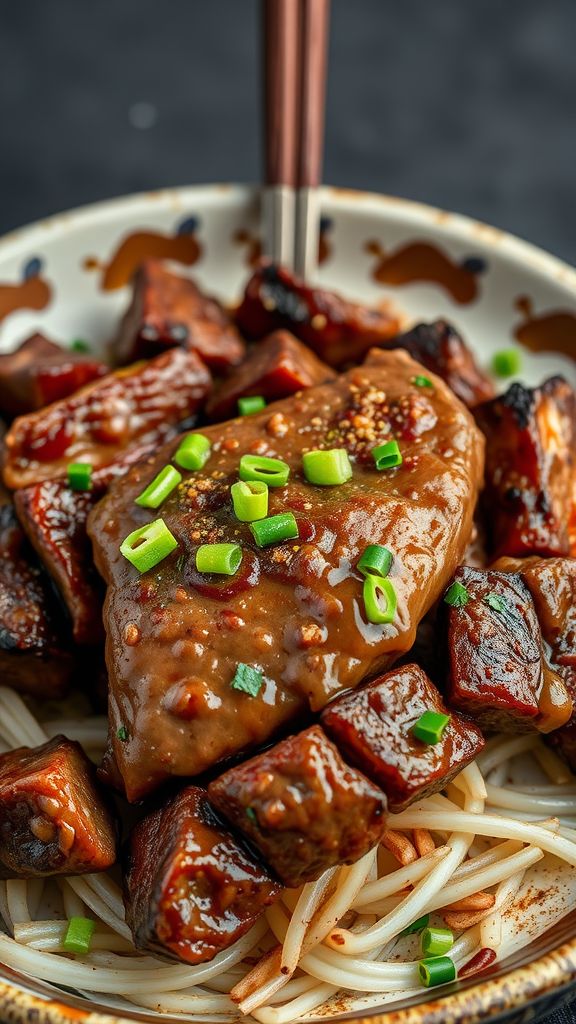
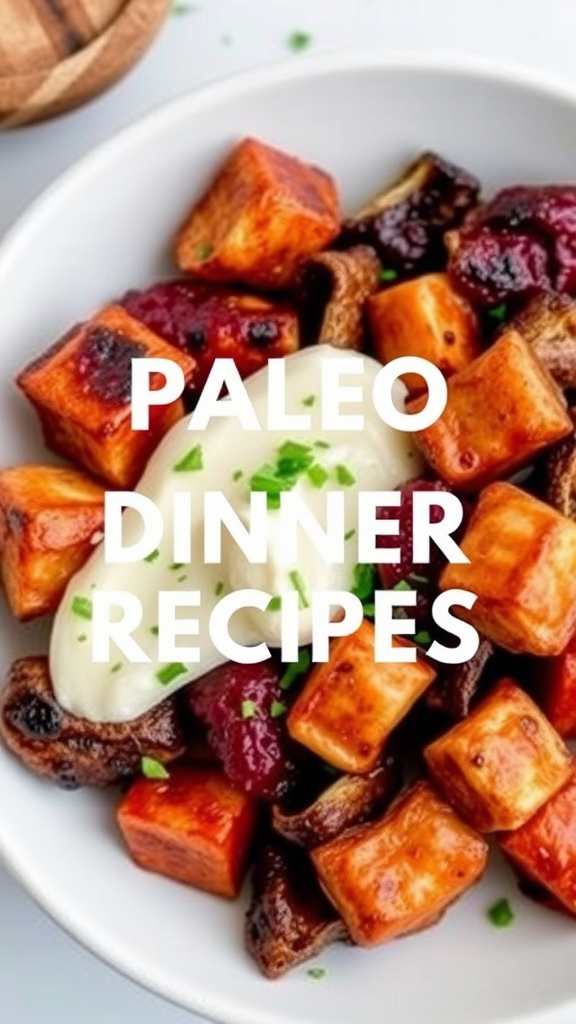
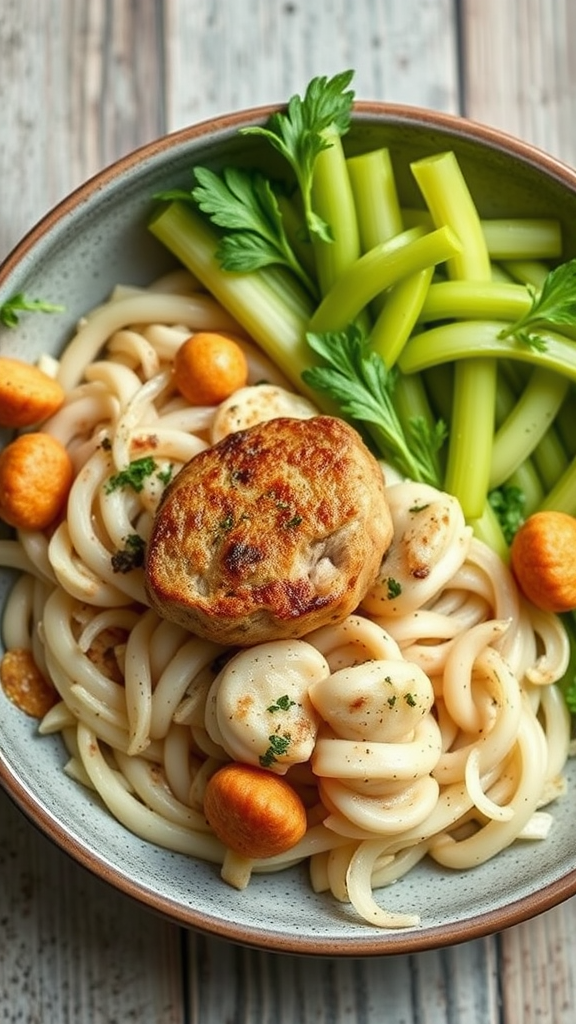
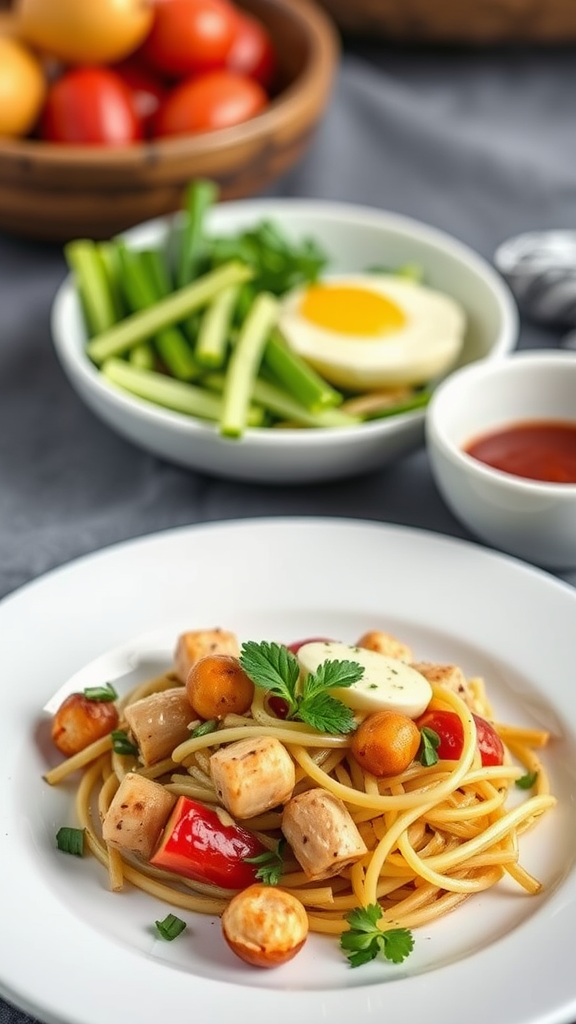
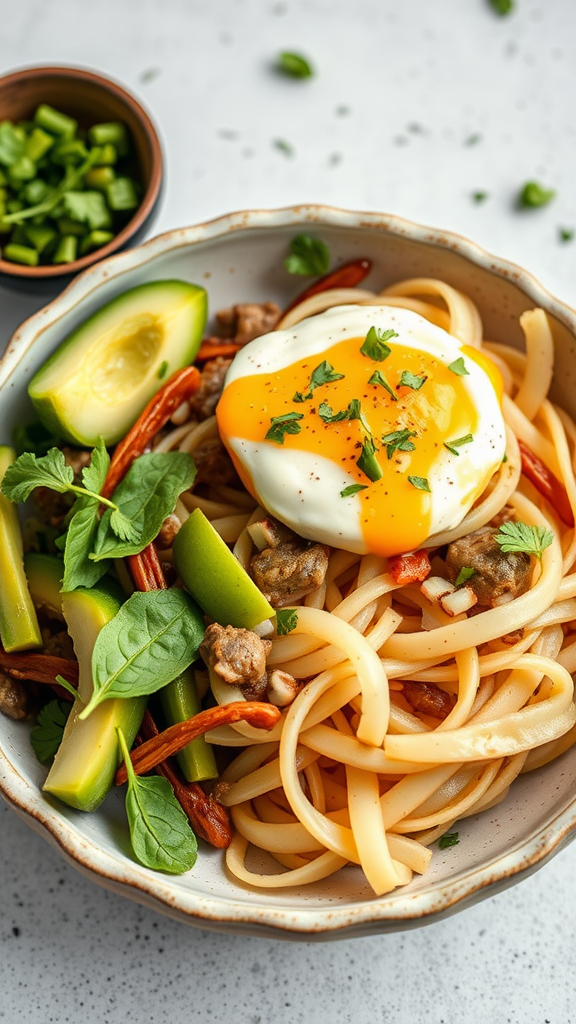
Leave a Reply